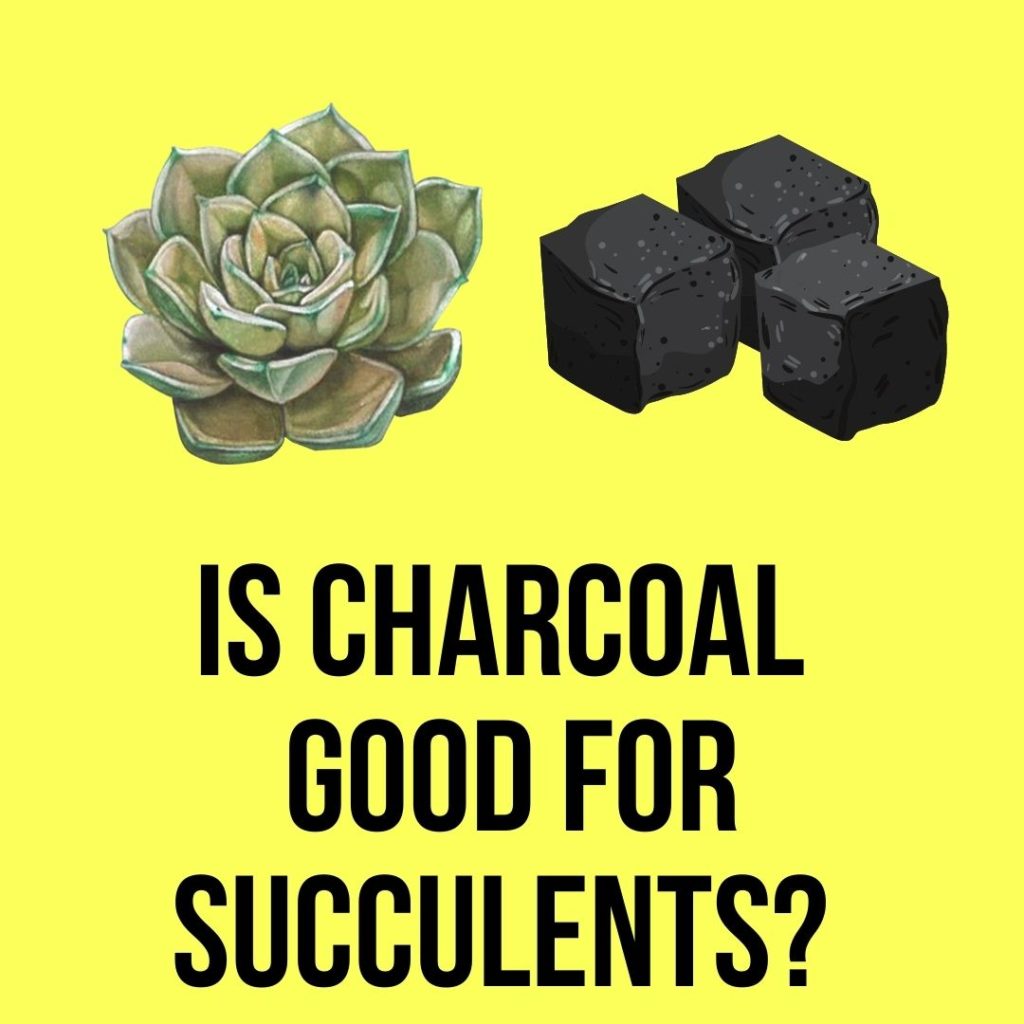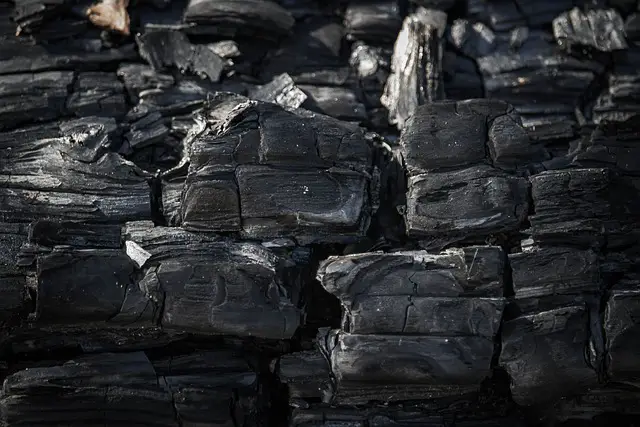Succulents are plants that have evolved to store water in their thick fleshy tissues. These plants are mainly seen in dry regions with low access to water. There are many succulents around us. The most common ones are the succulents of aloe and cacti families. At present, they have become famous as ornamental plants.
And today we are going to talk about the question, ‘is charcoal good for succulents or not’. Let’s start.
Truth About Succulents
Succulents nowadays are seen in homes, workspaces, restaurants, etc. They have become plants that are quite desirable for their pleasant outlook and low maintenance. However, being easy to take care of does not mean they should be devoid of care. Instead, it is essential that they are provided with a good environment and necessary care. The plants are also easy to collect, and if you are buying them, they do not cost much.
Many take their availability for granted and do not care much about the plants. They believe them as replaceable, decorative plants. However, this should not be the case, every owner of a succulent needs to understand what their plant needs. Succulents are very easy to take care of if only they are ensured with good conditions. The soil plays an unparalleled role when it comes to succulents.

Charcoal and Succulents
Succulents are primarily seen in dry places, and their root system goes very deep to collect water. The root system also covers a lot of grounds; it ensures they survive in those harsh conditions. The dry places always include sandy soil that soaks up water very quickly.
So, the roots love dry and sandy soil. These simple conditions cannot always be fulfilled in small spaces. Succulents need to survive in small pots, hanging baskets, and vases. So, preparing the soil with good drainage is a challenge.
For Good Drainage
Charcoal for succulents can help with good drainage. It can absorb moisture and make sure your succulents stay healthy. If the moisture level is too high, the roots of succulents start to rot.
Normally waterlogged soil can cause these for other trees, but for succulents, high moisture is enough. Charcoal is a high-density material with good absorption capacity. Putting charcoal in your succulent can make sure your plants survive through the worst.
Although putting charcoal in the soil does not mean you can water it as much as you want. You need to be still mindful of the amount of water you give your plant. Because charcoal does not have unlimited absorption ability, it can deal with the excess moisture but is not above its capabilities.
For Balanced Soil Quality
Good quality charcoal can also ensure the soil has balanced nutrients for the trees. Charcoal acts as a sponge not only for water but also for other organic matters. Soils might have high amounts of nickel, copper, iron, and cobalt.
Charcoal can absorb these matters; it can help the soil attain a balanced state. Too much of these organic matters in the soil can cause the leaves to turn brown, have stunted growth, impede photosynthesis and cause loss of leaves.
For Bad Odors
The biggest reason people use charcoal for succulents is to deal with the foul smell. Succulents usually smell decent when the flowers bloom, but some succulents naturally smell bad. For example, the Crassula Muscosa smells awful to some people, and some have said it is decent. So, it might vary from person to person. However, mixing charcoal with your soil can mitigate strong smells.
It may even happen because of the type of soil, compost. Sometimes the soil smell might be too strong for your living space; charcoal can efficiently deal with that. On the other hand, organic composts do not smell the best; your succulents may need them once a month. If the soil is mixed with charcoal, compost or fertilizer smell also lessens.
Succulents are primarily seen in living spaces like kitchens, dining rooms, workplaces, etc. Having strong odors in these confined spaces is not a pleasant experience. Many use charcoal for this exact reason. If your plant suddenly emits strong smells, the rot or a big part of it might be rotting. So be wary of that possibility too.

Types of Charcoal
Though there are different types of charcoal and not all of them, work well with succulents. There are mainly three types of charcoal available for general use. The ordinary charcoal, horticultural charcoal, and activated charcoal.
Normal Charcoal
Regular charcoal is the charcoal we see after burning wood or any other organic material for a long duration. They are chunks of carbons left after the fire goes out. They are not very porous and brittle when it comes to charcoal quality.
They are also not used for plants or succulents as they are not good at absorbing moisture or absorption in general. So, avoid the homemade charcoal you can make or gather.
Horticultural Carbon
Horticultural carbons are also made from organic matter, but a specific organic matter is used to make them. The matter is called hydrolyzed wood. There is another name for horticultural carbon; it is called inactive carbon.
They have more excellent absorption than ordinary charcoal and are used in soils. However, this is not their strong point; instead, they are used to increase surface space so that beneficial microbes can thrive.
Activated Carbon
These are the carbon that is generally used for succulents. They are produced at a higher temperature than any charcoal. They are much more porous, more effective for succulents, and have a high absorption rate. It can also absorb undigested toxins and drugs.
Activated carbon can make sure your tree grows healthy without any diseases. These are substances that can absorb 10x their weight. So for absorbing moisture, excessive nutrient matters, and foul smells, they are unmatched.
Activated carbon is also used for medical purposes, such as oral care and medicines. So this charcoal is perfectly safe for your plant and you. They can be found in various places, and for gardening purposes, you do not need a prescription to buy them.
How to Apply Charcoal to Soil
When preparing a pot for your succulents, firstly, make a base with pebbles or gravel for good drainage. On top of that layer, drop some charcoal and make another layer. This is the carbon layer in your soil, and apply the soil over this. The soil should be dry and a little sandy. Mix some gravel with the soil to make the drainage better.
The charcoal will not hold forever; they have an absorption limit. So, it is best to change the charcoal layer with new charcoal. Change the charcoal after 4 to 5 weeks, but if you are using compost regularly, it should be done every 2 to 3 weeks.
Conclusion
Succulents have gathered popularity and attention over the years. Although the care and the environment that is necessary for these plants are often overlooked. The plants need an ample amount of care and attention.
Many sellers advertise them as low care and hardy trees. This is not the complete truth. So, it is recommended that you research the needs of your plants if you want to see them grow healthy and live long
![Is Charcoal Good for Succulents? Direct Answer [2023]](https://gardeningforu.com/wp-content/uploads/2022/04/Is-Charcoal-Good-for-Succulents.jpg)